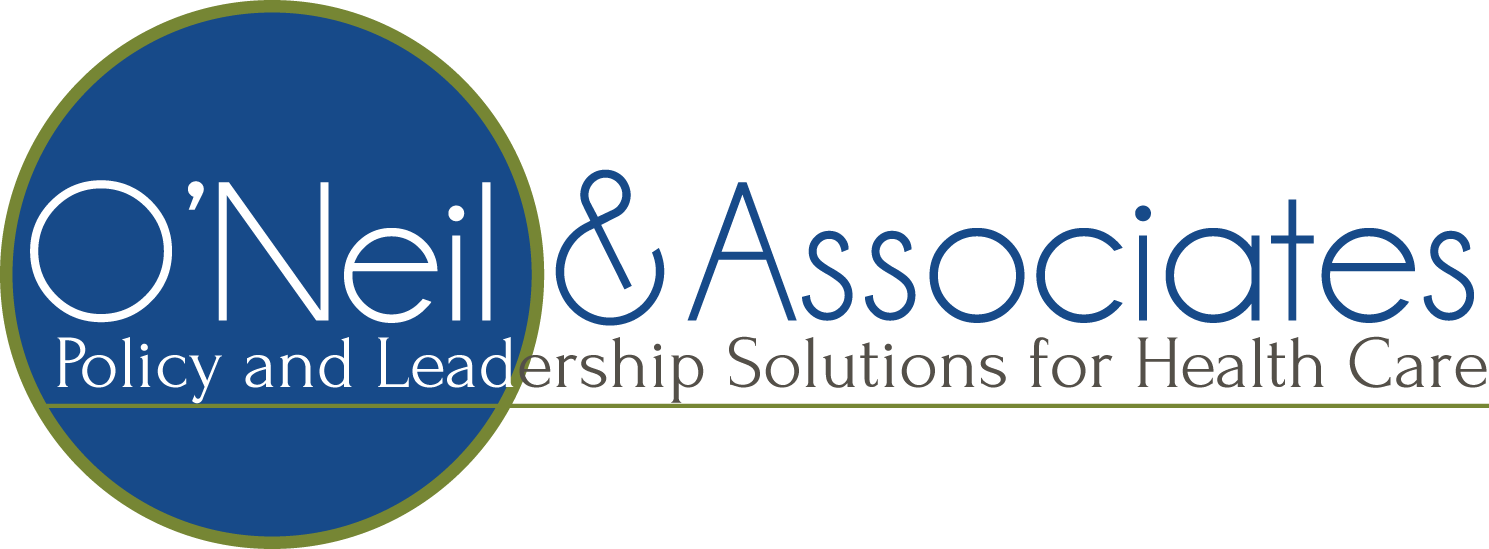Now that I have your attention, it may not really be the death knell for primary care, but it is fair to say that primary care is increasingly moribund as we have come to know it over the past fifty years. In 2004 the American Academy of Family Physicians released its The Future of Family Medicine Project Final Report concluding that the public was poorly served and Family Physicians at risk if the current financing and organizational arrangements for physician care continued. This report is based on the idea that effective use of primary care resources would create a system of care that was more effective and less expensive. It continues to be a rallying call of these and other studies that the US health care system, the most expensive in the world, deploys primary care in the reverse ratio to every other country and that this high level of specialization our outcomes are no better and we leave a large part of the population out of the payment system.
The newest assault on primary care and one that may produce more long term damage is the proposed elimination of the parts of Title VII of the Public Health Services Act which support training and development of primary medical and dental professionals. Never awash in resources, pulling this plug is likely to push many primary care training programs over the edge. What the nation will be left with is a growing dependence on highly specialized care which by some dimensions is the best in the world, but by others produces a system that is overly dependent on technology, waits for disease and disability to become manifest before it is activated, over-treats the patient and is more costly. Specialty care services done well are an important part of any health care system which can afford them; specialty care passing for primary care is a tragedy in the making poised to make US health care more expensive, less effective and less satisfying to patients, policymakers and even the vast array of providers.
Does this mean we should just underwrite primary care to ensure that it remains viable? By no means. Primary care does require appropriate changes in policy and practice to ensure that it can adapt to the needs of the population. Here are some thoughts about what is necessary.
A new primary care practice model – Within primary care there are significant differences between the various professionals who provide the care: pediatricians, internists, nurse practitioners, physicians assistants, family physicians, general dentists and community health workers just to name a few. With the possible exception of community health workers, the current practice models are built around the training patterns and preferences of the various professionals. Much of what will be difficult to sustain moving forward are these differences. What is needed is new integrative thinking from primary care providers and the customers they serve as to how they should be organized to produce a service that meets the needs of the patients. This thinking needs to value the patient/customer more than we have to date. It also needs to radically push the use of technology to expand access, reduce costs and enhance satisfaction. The models need not be one size fits all, but should comport themselves with segmented demands of the rich variety of panelists to be served.
Research directed to assessing impact of these models – From the start these models should be created to generate and collect practice data that can be used to assess costs, quality and satisfaction in an ongoing way. Yes, it will be important to compare these models to existing arrangements, but the real need will be to demonstrate that the models have the capacity to continuously improve their performance against themselves. This research should be supported through the existing competitive research structure of the National Institutes of Health and Agency for Healthcare Research & Quality, but also agencies like the Department of Veterans Affairs, Centers for Medicare & Medicaid Services and other provider/payers. The heath plans of the nation should also contribute by creating a foundation to support the ongoing assessment and improvement of primary care.
Support training – The public support of training should be tied to the incorporation of these models. This may involve a ten year transition, but during that time the models would be developed and progressively more of the resources for primary care training for all professions could be directed to those programs that demonstrate that they are directly preparing future providers for practice in such models. Higher priorities could be given to those programs that incorporate and express desired values such as cultural competency, interdisciplinary teams, or geriatric care.
We need a program of vibrant federal support for primary care, but we need the support to be tied to a plan that moves in the direction of a better system of care, not just business as usual.
